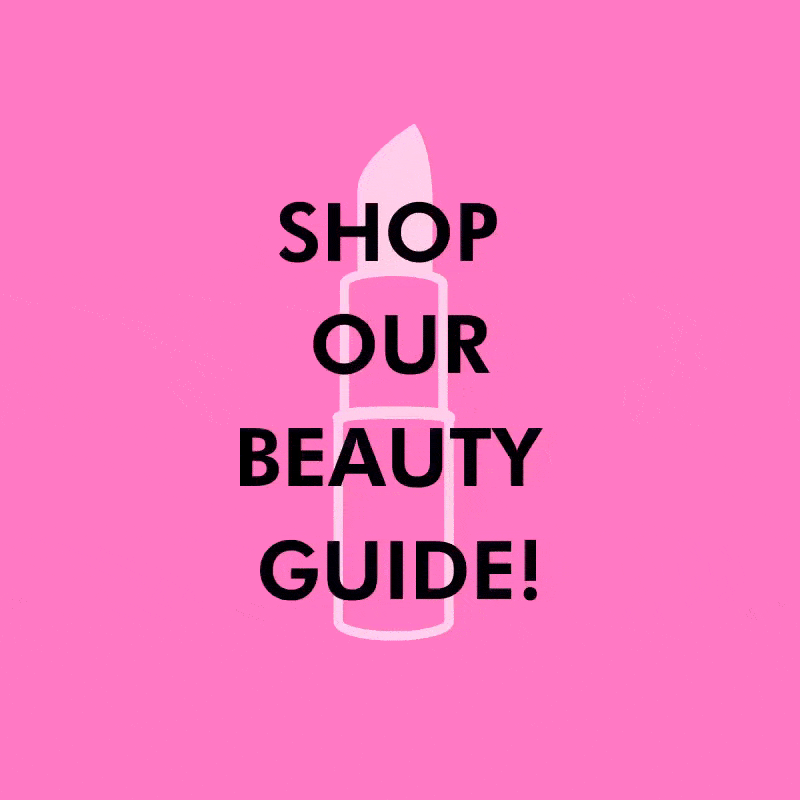5 Beauty Ingredients You Need to Avoid!

Did you know that the global beauty industry is worth around $532 billion. With that being said, there’s a reason why your favourite influencer, youtuber and neighbour (just kidding) have their own skincare or cosmetics brands. It’s a lucrative business and yes, now more than ever, we’re paying attention to the products we’re using. However, like all things, there’s a little darker side to the beauty industry - the one where all these chemicals you see on the bottle make no sense but you buy anyway. We’re not saying go ahead a read word for word, but we are saying that there are potentially riskier chemicals found in some products more than others. So we've saved you the trouble and listed a few of these nasty ingredients in this blog to help you consciously buy.
Luckily, here in the UK we’re protected by EU laws(or we were at least…) that have kindly banned over 1,328 ingredients deemed to be harmful to humans.

Parabens
Parabens were deemed to be safe. Ever since they were introduced in the 1950’s or so, they’ve been included in beauty products because they’re essential chemical compounds use to prevent bacteria. Parabens can be found in most cosmetics, along with products such as soaps, toothpastes and shampoos.
These chemical compounds find their way into your body through your skin when you apply them. In a 2004 study, research actually showed that parabens can actually stay in your body tissue and fluids - linking them to breast tumours (as traces were found in patients who had breast cancer) and were actually detected in breast milk.
A lot of the negative effects of finding parabens in your body link to some form of cancer, such as breast or can even elevate cellular damage caused by UV rays - leading to skin cancer.
Look out for these ingredients:
• Butylparaben
• Isobutylparaben
• Propylparaben
• Methylparaben

Sodium Lauryn Sulfates (SLS)
If you’ve ever had or bought a foaming face wash, or body wash that lathers up quite a bit, you’ve got SLS’s to thank. Basically this ingredient helps to make bubbles. It’s an ingredient that due to its surfactant (reduces surface tension when added to a liquid, thereby increasing spreading and lathering properties) nature, makes it perfect to trap dirt and oil and gives a fresh and clan feel after us.
The reason that brands are slowly shying away from SLS is due to it sensitising ingredients and its very irritating to the skin and eyes. SLS can also cause dry, flaky skin and people with skin conditions or sensitive skin may experience rashes, bumps or redness in the skin after using due to the natural oils being stripped away from your skin.
Although SLS has no direct link to cancer, research shows that there is a very small potential harm when mixed with a chemical called triethanolamine - it produces the carcinogen nitrosamines which is toxic to the body. However this is very rare and the most likely reaction to the skin would be irritation.
Look out for:
SLS
Sodium Laureth Sulfate
Sodium lauryl sulfate
Sodium dodecyl sulfate

Triclosan
Or TCS is an agent added to stop bacteria and fungal growth in beauty products such as skincare soaps and can even be found in toys and surgical cleaning treatments. It’s an ingredient that has been used for decades, but research shows that it plays a contributing factor to harming the human reproductive functions, hormone imbalances complications in the skin such as eczema.
There are also a number of concerns that Triclosan makes people more sensitive to allergens. It’s been linked to worsening asthma for people who already have the condition.
Due to the lack of testing on humans (even though they have been done), Triclosan is something you should look out for in your beauty products. A lot of manufacturers have taken steps to start removing the ingredient from products being sold.
Look out for:
Triclosan (TSC)
Triclocarban (TCC)

Hydroquinone
An aromatic compound found in substances that acts like a bleaching agent. To put it simply, it decreases the formation of melanocytes - the cells that give your skin colour (and also determines whether you tan or burn faster). Its uses are mainly in topical lotions for lightening areas of the skin that have become darker over time such as freckles, age spots or sun damage. So people with hyperpigmentation, scars or psoriasis use this to help even their skin tone.
In the EU, hydroquinone is banned due studies that show it is a carcinogen and therefore can cause cancer.
Over time, the chemical can destroy the skins natural protective barriers, like anything that alters a change in your body, it can have lasting effects and could increase your chance of having more severe skin problems in the long run.
Look out for:
Hydroquinone
Tocopheryl acetate

Petrolatum
Or petroleum jelly, is that waxy substance found in beauty products and most lip balms that is used as a barrier to lock in moisture in the skin. It’s a rich emollient that prevents or helps dry skin.
Have you ever found to use certain lip products and to your surprise, your lips actually feel worse over time?
The issue with petrolatum based products is they give you the satisfaction and feeling of moisture, but in reality what theyre doing is preventing external moisture absorption, and eventually, will starve your skin and dry out and potentially damage your skin more.
The main issue with this is the cheaper imitations of the original thing. Contamination risks increase due to the large amount of imitations allowed into beauty products. The imitations give quick results and leave you with the temporary illusion that it’s working.
Look out for:
Mineral oil
Paraffin wax
Benzene
Names that end with ‘-eth’











